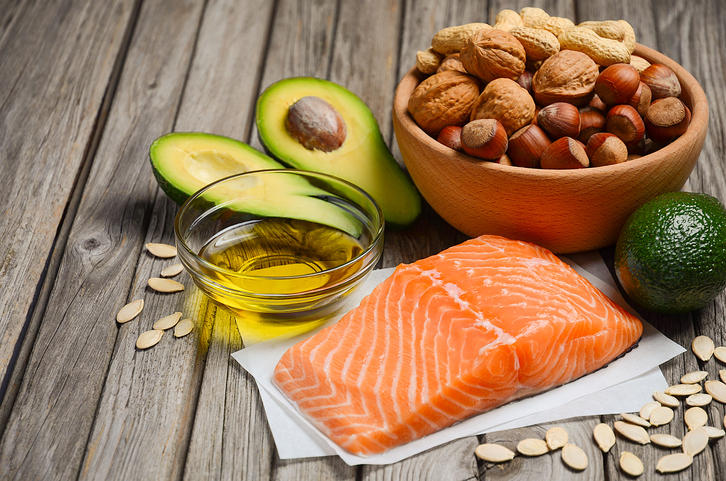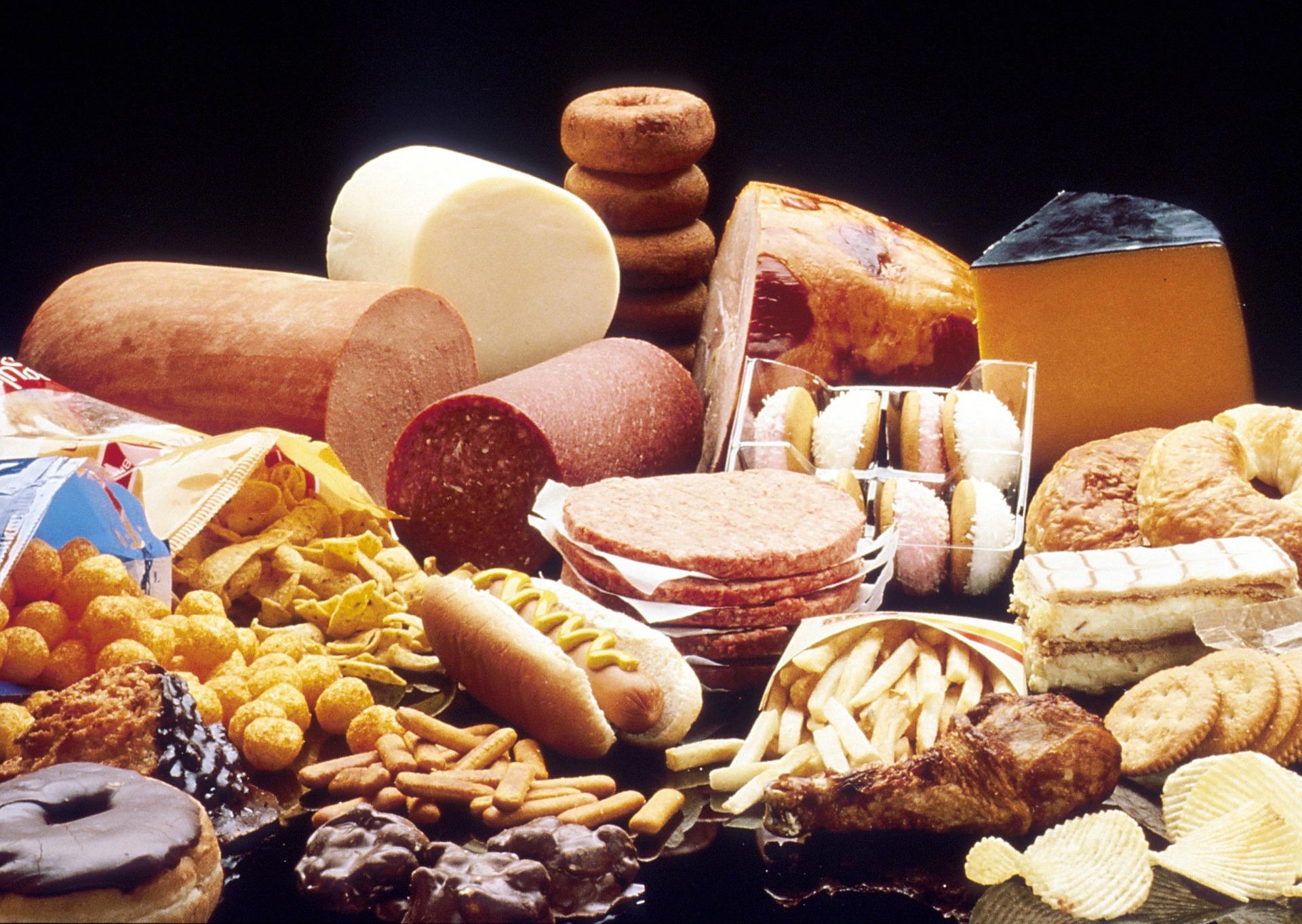Foods come in many forms. They can be dense, contain more air, or contain more water. That’s why there are different mearing standards for different types of food. A cup or ounce of one food is not the same as a cup or ounce of another food. Cup-equivalents and ounce-equivalents tell you the amounts of different foods from each food group with similar nutritional content.
A healthy eating routine is important at every stage of life and can have positive effects that add up over time.
Urban India is increasingly becoming conscious of its eating habits. What constitutes such a habit? A healthy eating pattern includes a variety of nutrient-dense foods across and within all the food groups, such as vegetables, fruits, grains, protein foods, dairy products, and oils.

Know Your Food Groups
To maintain a healthy lifestyle, it is important to eat a variety of fruits, vegetables, grains, protein foods, dairy, and fortified soy alternatives. When you consult a dietitian near me on what to eat or drink, choose options that are full of nutrients. The key to a healthy eating pattern is to enjoy a variety of nutritious foods from each of the 5 food groups. The 5 food groups are briefly described here.

Fruits
Any fruit or 100% fruit juice counts as part of the Fruit Group. Fruits may be fresh, frozen, canned, or dried/dehydrated, and may be whole, cut-up, pureed or cooked. At least half of the recommended amount of fruit should come from whole fruit, rather than 100% fruit juice.
Eating fruit provides health benefits — people who eat more fruits and vegetables as part of an overall healthy diet are likely to have a reduced risk of some chronic diseases. Fruits provide nutrients vital for the health and maintenance of your body.
Vegetable
Any vegetable or 100% vegetable juice counts as part of the Vegetable Group. Vegetables may be raw or cooked, fresh, frozen, canned, or dried/dehydrated; and may be whole, cut-up, or mashed. Based on their nutrient content, vegetables are organized into 5 subgroups:
- Dark green
- Red and orange
- Beans, peas, and lentils
- Starchy
- Other vegetables
The consumption amount of vegetables depends on your age, sex, height, weight, and level of physical activity. For women, the amount can also depend on whether they are pregnant or breastfeeding.
Eating vegetables provides health benefits — people who eat more vegetables and fruits as part of an overall healthy diet are likely to have a reduced risk of some chronic diseases. Vegetables provide nutrients vital for the health and maintenance of your body.
Dairy
The Dairy Group includes milk, yogurt, cheese, lactose-free milk, fortified soy milk, and yogurt. It does not include foods made from milk that have little calcium and high, fat content, such as cream cheese, sour cream, cream, and butter.
Consuming dairy products provides health benefits, especially building and maintaining strong bones. Foods in the Dairy Group provide nutrients, such as calcium, potassium, vitamin D, and protein, that are vital for the health and maintenance of your body.
Dairy alternatives, fortified soy milk, and yogurt, which have calcium, vitamin A, and vitamin D added, are included as part of the Dairy Group because their nutrition content is similar to that of dairy milk and yogurt.
Other products sold as “milk” but made from plants (e.g., almond, rice, coconut, oat, and hemp “milk”) may contain calcium, but they are not included as part of the Dairy Group because their nutrition content is not similar to that of dairy milk and fortified soy milk.
For those who do not or cannot consume dairy products, there are calcium choices, though they are not part of the Dairy Group. The amount of calcium that can be absorbed from these foods varies.
Grains
Grains or grain products are foods made from wheat, rice, oats, cornmeal, barley, or another cereal grain. Bread, pasta, breakfast cereals, grits, and tortillas are examples of grain products. Foods such as popcorn, rice, and oatmeal are also included in the Grains Group. Grains are divided into 2 subgroups:
- Whole Grains: Contain the entire grain kernel ― the bran, germ, and endosperm. Examples of whole grains include whole-wheat flour, bulgur (cracked wheat), oatmeal, whole-grain cornmeal, and brown rice.
- Refined grains: Have been milled, a process that removes the bran and germ, to give grains a finer texture and improve their shelf life. Milling also removes dietary fiber, iron, and many B vitamins. Some examples of refined grain products are white flour, corn grits, white bread, and white rice.
Proteins
Protein foods include all foods that are made from seafood; meat, poultry, and eggs; beans, peas, and lentils; and nuts, seeds, and soy products. Beans, peas, and lentils are also part of the Vegetable Group. Beans, peas, and lentils are Unique Foods. Opt for a wide variety of protein foods to get more of the necessary nutrients for the health of your body.
Develop a healthy eating plan with a dietitian in Bangalore or your city (or online!) here on Superprof.
Defining Fats
Most food nutrients can be categorized into 3 major groups: proteins, fats, and carbohydrates. Fats are a source of nutrition as well as a fuel source for the body. Fats are also the major storage form of energy in the body. Fats should be consumed in moderate amounts for the maintenance of good health.
Fats in food come in several forms, including saturated, monounsaturated, and polyunsaturated. Too much fat or too much of the wrong type of fat can be unhealthy. This is why we have listed here all the information on fats for you to utilize in maintaining a healthy lifestyle.


Dietary Fats
- Saturated fats
- Transfats
- Monounsaturated fats
- Polyunsaturated fats
Dietary fat and Cholesterol
Dietary fats can affect your cholesterol levels. Cholesterol is a fatty, wax-like substance that your body needs to function properly. Like dietary fat, there are good and bad types of cholesterol.
- HDL cholesterol is the “good” kind of cholesterol found in your blood.
- LDL cholesterol is the “bad” kind.
Good Fats vs. Bad Fats
The biggest influence on your cholesterol levels is the type of fats you consume. So, it is important to focus on replacing bad fats with good fats.
Healthy or “Good” Fats
Monounsaturated fats and polyunsaturated fats are known as the “good fats” because they are good for your heart, cholesterol, and overall health. These fats help in the following ways:
- Lower the risk of heart disease and stroke
- Lower bad LDL cholesterol levels, while increasing good HDL
- Prevent abnormal heart rhythms.
- Lower triglycerides, which are associated with heart disease, and fight inflammation
- Lower blood pressure
- Prevent atherosclerosis (hardening and narrowing of the arteries)
- Make you feel more satisfied after a meal, reducing hunger and thus promoting weight loss
Food sources of monounsaturated fats include:
- Olive, canola, peanut, and sesame oils
- Avocados
- Olives
- Nuts (almonds, peanuts, macadamia, hazelnuts, pecans, cashews)
- Peanut butter
Food sources of polyunsaturated fats include:
- Sunflower, sesame, and pumpkin seeds
- Flaxseed
- Walnuts
- Fatty fish (salmon, tuna, mackerel, herring, trout, sardines) and fish oil
- Soybean and safflower oil
- Soymilk
- Tofu
Unhealthy or “Bad” Fats
Trans Fats
Small amounts of naturally occurring trans fats can be found in meat and dairy products. However, it is artificial trans fats that are considered dangerous. This type of fat not only raises bad LDL cholesterol but also lowers good HDL levels. Artificial trans fats can also create inflammation, which is linked to heart disease, stroke, and other chronic conditions and contributes to insulin resistance, which increases your risk of developing Type 2 diabetes.
The primary sources of trans fats include:
- Commercially-baked pastries, cookies, doughnuts, muffins, cakes, pizza dough
- Packaged snack foods (crackers, microwave popcorn, chips)
- Stick margarine, vegetable shortening
- Fried foods (French fries, fried chicken, chicken nuggets, breaded fish)
- Anything containing hydrogenated or partially hydrogenated vegetable oil, even if it claims to be “trans-fat-free”
Saturated Fats
Saturated fats may not be as harmful as trans fats, but they can raise bad LDL cholesterol and too much of it can negatively impact heart health. Saturated fats are best consumed in moderation. Most nutritionists recommend limiting it to 10% of your daily calories.
The primary sources of saturated fats include:
- Red meat (beef, lamb, pork)
- Chicken skin
- Whole-fat dairy products (milk, cream, cheese)
- Butter
- Ice cream
- Lard
- Tropical oils such as coconut and palm oil

Incredibly Nutritious High-Fat-Foods
Some high-fat foods, that are usually less processed and lower in sugar and carbs, may offer health benefits. Here are a few high-fat foods that are incredibly nutritious.
Nuts
Nuts are high in healthy fats and fiber and are a good plant-based source of protein. Nuts also contain vitamin E and magnesium. Nuts lower the risk of various diseases, including obesity, heart disease, and type 2 diabetes.
Cheese
Cheese is a great source of calcium, vitamin B12, phosphorus, and selenium, and contains many other nutrients. It is also rich in protein, with a single ounce (28 grams) of cheese containing 6 grams of protein, nearly as much as a glass of milk.
Dark Chocolate
Dark chocolate is very high in fat, with fat accounting for around 65% of calories. It contains fiber and several notable nutrients, including iron and magnesium. Dark chocolate is rich in antioxidants like resveratrol, which may possess anti-aging and performance-enhancing properties.
Whole Eggs
Once considered unhealthy because of the high cholesterol and fat content in the yolks, new studies have shown that cholesterol in eggs does not negatively affect the cholesterol in the blood in the majority of people. Eggs are very rich in nutrients, including a variety of vitamins and minerals. They are also high in protein, which can help you to stay fuller between meals and cut down on excess calories.
Learn more about nutrition with classes from an online dietitian here on Superprof.















